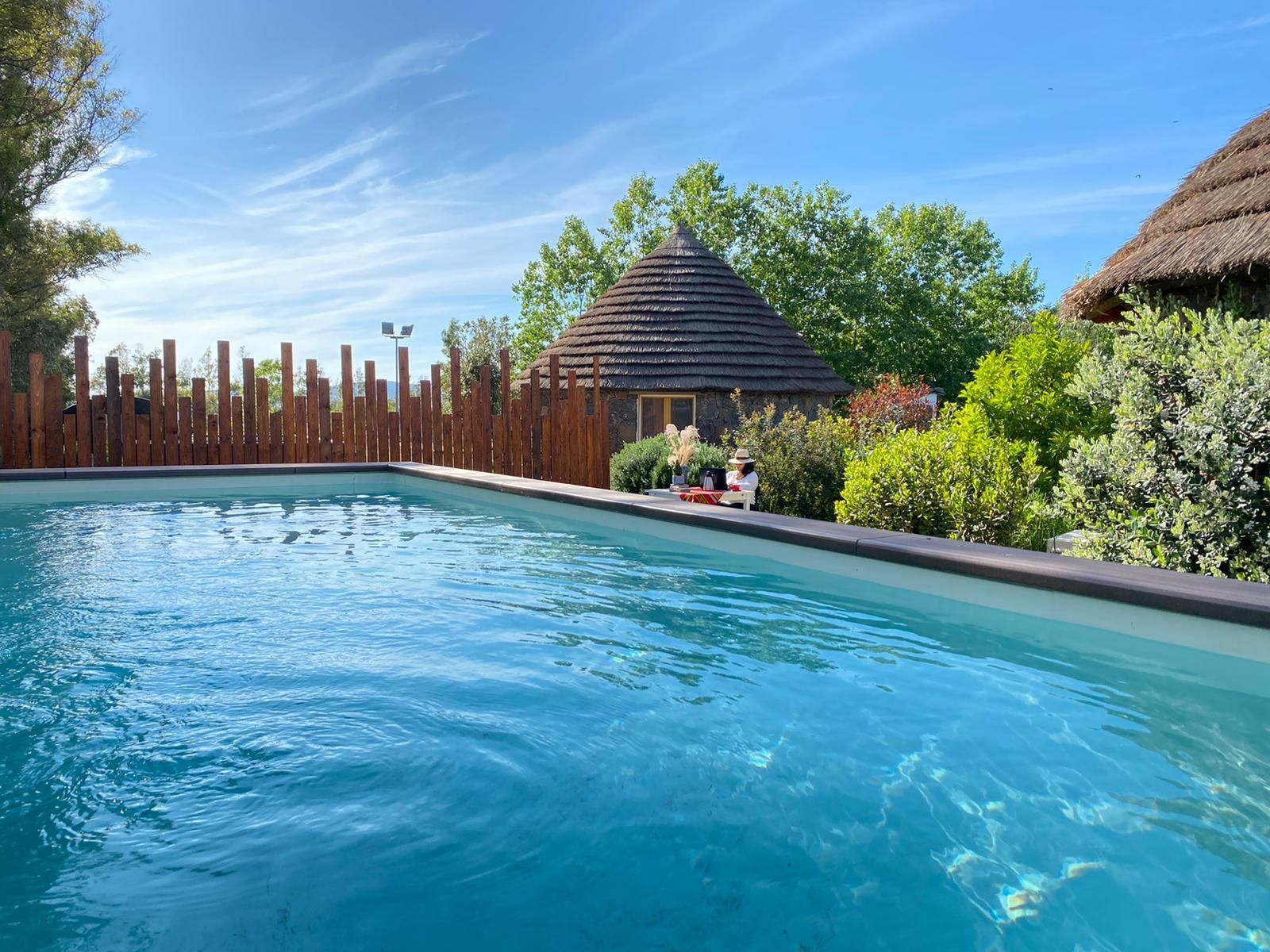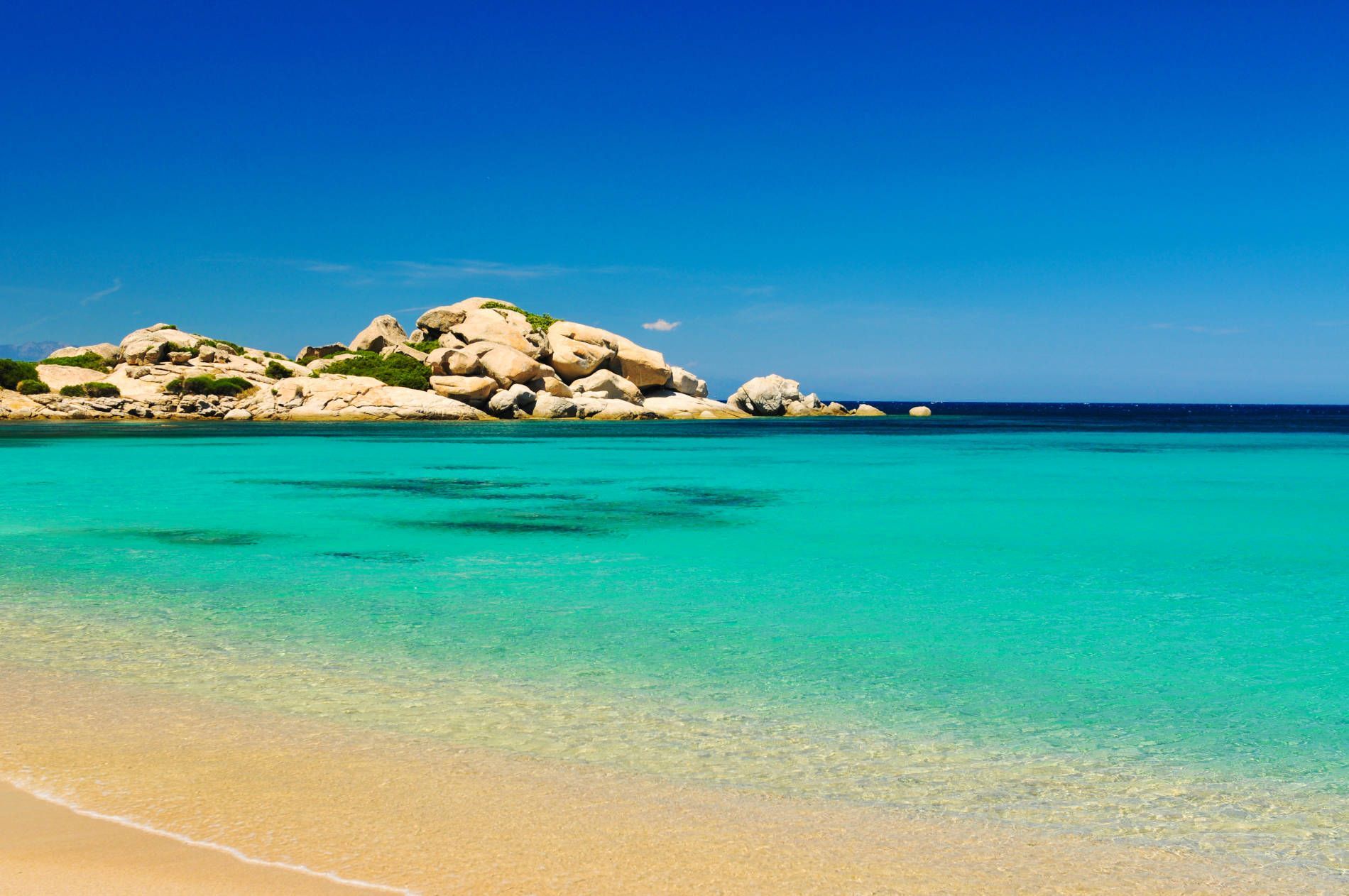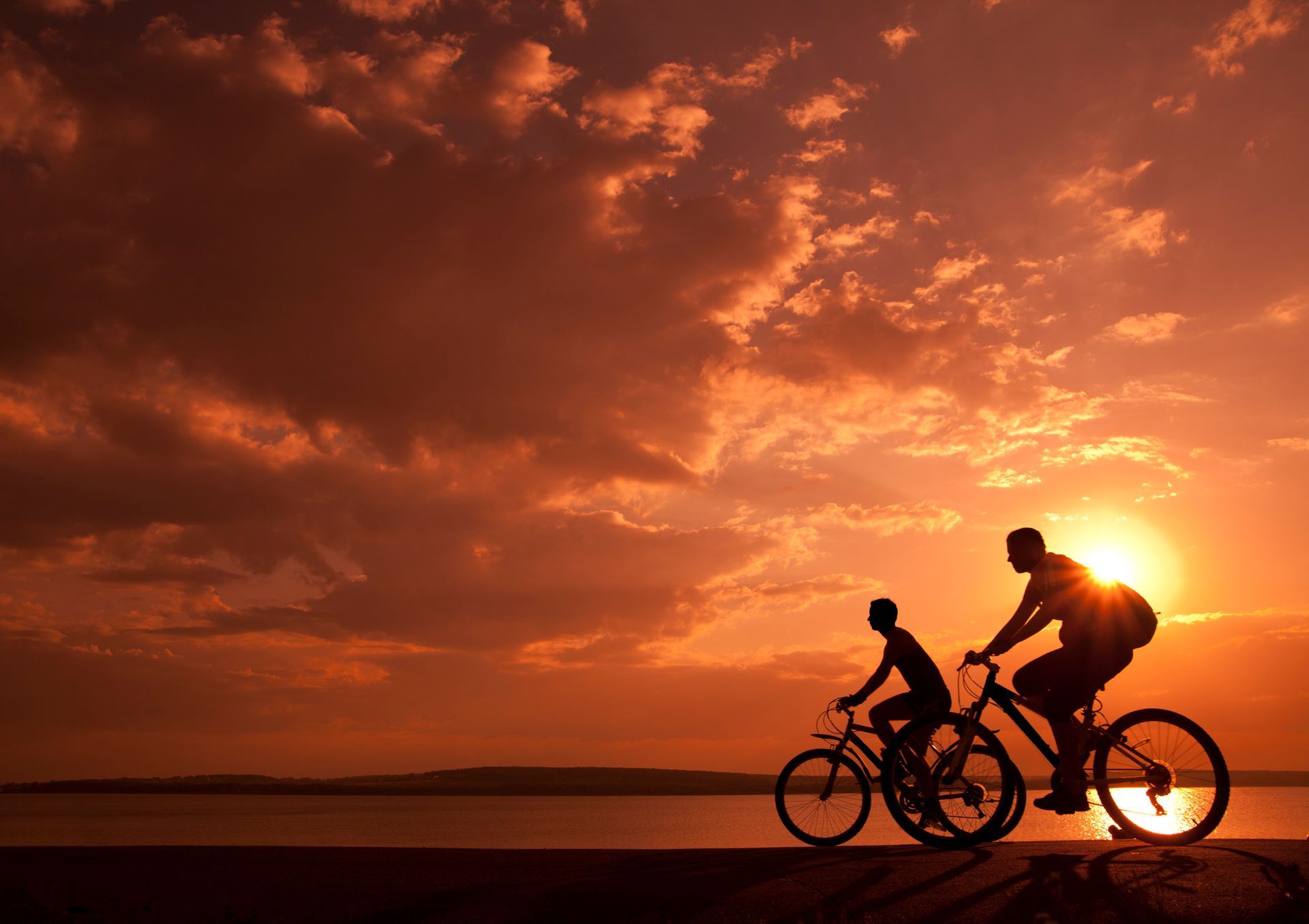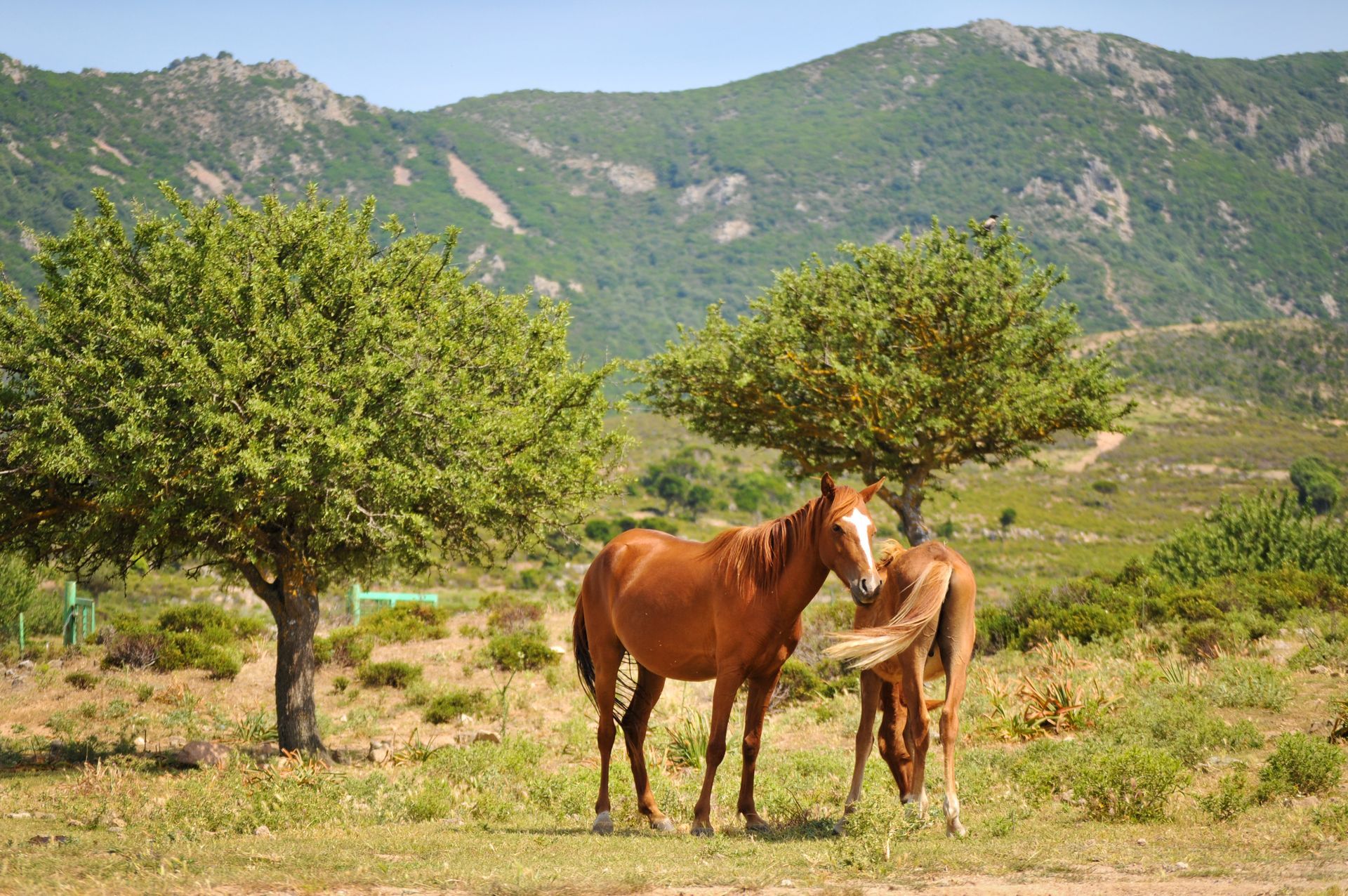Sardinia History & Culture
Sardinia has so much to offer visitors whether you wish to relax or sightsee - whatever the weather! Sardinia has it all...
Sardinia has an ancient history for you to discover with Roman ruins and Nuraghi (mysterious stone dwellings or fortresses dating back 3,500 years), found throughout the island as a permanent reminder of its prehistoric occupation. There are numerous examples of Roman architecture as a catalogue of their dominance, ancient villages with a varied history and archaeological sites to visit.
Towns & Villages, Shops & Markets
A wealth of shopping awaits you throughout the island ranging from the chic designer boutiques in Porto Cervo to traditional handicrafts, arts and crafts, ceramics, embroidered linen, cork and coral products to be found in all the villages and towns. Weekly markets, offering local produce and traditional wares, take place in most large towns throughout the year. Alghero particularly has an excellent range of shops, including designer boutiques, department store, daily fruit and flower markets and weekly antiques stalls. Cagliari, the capital of Sardinia, similarly offers excellent shopping with elegant boutiques and jewellers and also the renowned San Benedetto market.
Generally, the shops are open from 9am to 1pm and 4pm to 8pm Monday to Saturday. Supermarkets are found in most large towns with a good range of products but remember this is Italy, not the UK!
Mountains
The contrasting mountainous interior has far reaching views of the island from the summits of Monte Limbara in the north, from Punta La Marmora in the Gennargentu mountains south of Nuoro in the east, and from the Sarrabus mountains in the south. There are lakes, waterfalls, gorges, fascinating geology and the native flora and fauna to discover.
Fascinating Rock Formations
Created by wind erosion there are some incredible rock formations throughout the island. Look out for the Bear Rock at Capo d’Orso, the Valley of the Moon at Capo Testa on the northern tip of the island and the Arco dell’Angelo just north of Cagliari in the south.
Stunning Coastal Drives
There are scenic drives with breathtaking views out to the Sardinian islands and Corsica on the northern tip of the island, along the Costa Smeralda in the north east, from Villasimius to Costa Rei in the south east, from Chia to Capo Spartivento and Tuerredda in the south west and from Alghero to Bosa in the north west - to name but a few.
Scenic Train
‘Il Trenino Verde’ (The Little Green Train) railway provides a different way to see the interior of Sardinia. There are 3 narrow gauge scenic routes from Palau to Tempio in the north, Bosa to Macomer in the centre and Arbatax to Mandas in the east. The trains travel through areas where the natural surroundings are still unspoilt, crossing forests, skirting lakes and coastlines and passing by ancient monuments.
Vineyards
For tours and wine tasting, Sella & Mosca in Alghero is one of the largest vineyards in Europe with an excellent repertoire of wines. The renowned Capichera vineyard and The Surrau Winery are nestled among the granite rocks of Gallura near Arzachena in the north east, both offering visits and wine tasting. Also, Oliena, situated in the mountainous eastern Barbagia region, is held in high esteem by the mainland Italians for its heady, fruity Cannonau wines. In the south, Dolinova vineyard north of Cagliari produces sweet Muscatel wines and Cantina Argiolas is located in Serdiana near Cagliari, a wonderful place to visit where famous Sardinian vines grow including Cannonau and Vermentino.
Walking & Trekking
Both the coastline and the mountainous interior of Sardinia offer great possibilities for hiking, trekking and walking including:
- Walking in the hills behind Alghero for lunch with the shepherds.
- Coastal paths from Santa Teresa to Capo Testa lighthouse to experience the amazing rock formations carved by the wind and views to Corsica.
- The Gennargentu and Sopramonte mountain ranges offer adventurous trekking to explore ravines and cliffs, grottoes and canyons, prehistoric tombs and Nuraghi.
Bird Watching
There are numerous possibilities: On the island of Caprera in the north the peregrine falcon, tufted cormorant and some rare gulls can be spotted; On the north west coast between Bosa and Capo Caccia near Alghero, you may be lucky to see the rare bearded or griffon vultures; In Oristano in the west, the lagoons attracts thousands of pink flamingos in the autumn and is a haven for the purple heron, coot, shelduck, buzzard and feathered tamarisk; On the south western tip of the island you will find heron, cormorant, purple moorhen and peregrine falcon and in the mountains behind, partridge and wild duck.
Festivals
Throughout the island and throughout the year there are numerous festivals which provide a good opportunity to see traditional costumes and local handicrafts, hear local music with singing and dancing, and taste local produce at typical Sardinian food stalls. There are also many equestrian events such as Sa Sartiglia Carnival in Oristano in February and L’Ardia Horse Race in Sedilo in July.
Archaeological Sites
Nora Archaeological Site, Pula
Nora is an ancient pre-Roman and Roman town on a peninsula near Pula, near Cagliari in South of Sardinia. Nora was once a large town, whose presence affected the populations and trade of the Mediterranean. Phoenician, Punic and Roman ships landed in its port which for a long time remained a refuge for sailors. It reached its maximum expansion as a Roman city in the imperial age, assuming a key role in the relations between East and West. Thanks to excavations, visitors can see the ancient buildings, mosaics, squares and colonnades and dip into its ancient history.
Oristano:
Tharros
Serious excavations began in 1956 to uncover this most prosperous of west coast Phoenician port cities, founded around 730 BC. Tharros’ archaeological site reveals the later Roman city: a street of shops and taverns, a temple with two of its Corinthian columns restored, a monumental water cistern and public baths transformed by the early Christians into a basilica.
Forum Traiani Thermae
Forum Traiani (Fordongianus) was a Roman spa town 28km from Oristano. A number of thermal buildings dating back to the period of Roman domination, have recently been brought to life including a very interesting thermal complex (Aquae Ypsitanae). The Terme Romane has sulphurous steaming water gushing into the river at a temperature of 54 degrees centigrade. The Bagni Termaliare 19th century bath houses and Terme Sardegna is a modern thermal complex where you can sample a range of treatments from massage to mud packs.
Santa Cristina
About 25km north of Oristano, the nuraghic complex of Santa Cristina is set among olive trees comprising a Nuraghe, sacred well and other Nuraghic buildings, some dating back to 1,800 BC. The most impressive part is the sacred well and underground shrine.
Nuraghe Losa
Around the 15th century BC, the Nuraghi civilisation began to spread with truncated cone structures intended to defend the villages called ‘Nuraghi’. The greatest examples are situated inland and include Losa of Abbasanta (about 30km north east of Oristano). This great black basalt tower, more than 3,500 years old, is one of the island’s major bronze age monuments. Though it may have originally been a mausoleum, Losa meaning tomb in Sardinian dialect, the Phoenicians, Romans and perhaps Byzantines took it over as a fortress.
Towns
Alghero is enriched with both Catalan and Roman history with old walled town, cobbled streets and ramparts with lookout towers, and a wealth of architectural interest.
Cagliari, Sardinia's capital city in the south, was founded by the Phoenicians and Carthaginians and is home to Sardinia's National Archaeology Museum. The town displays medieval architecture and monuments tracing the islands history from its beginnings to modern day.
Barumini has the formidable Su Nuraxi complex and the Giara di Gesturi nearby with Nuraghi to discover along with herds of semi-wild ponies.
Bitti in the Barbagia region practices local ancient traditions pursued by craftsmen and sheep farmers.
Nora is considered to be one of the best examples in Sardinia of an ancient Roman provincial city.














